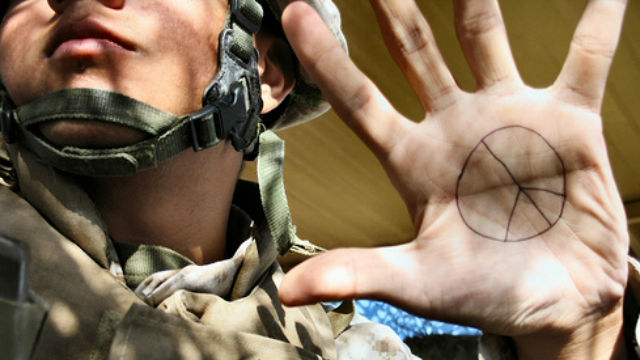Mapping Semantic Space in the Brain

Every moment we walk around in this big, bad world, our brains somehow make sense of the environment around us. They manage, somehow, to process an incredible amount of visual information as we move and interact with objects and other people, highlighting the important items and discarding distracting, unnecessary information.
How do our brains accomplish such an amazing feat? It’s almost overwhelming to think about. There’s a lot going on there. But one key process involved is categorizing all of the objects and actions that we see. By categorizing what’s out there, we are better able to prioritize what’s important. But still, it’s a heck of a lot to think about. And it all seems rather abstract and mind bending.
Yet, now, scientists at the University of California, Berkeley, have created an interactive map of how the brain organizes all these visual categories. They call it a “semantic space.”
The Gallant Lab at UC Berkeley used functional magnetic resonance imaging (fMRI) to measure the brain activation of 5 individuals as they watched hours and hours of movie clips. In every movie clip, objects and actions were labeled. The researchers then used a variety of analysis tools to create some pretty incredible visualizations of shared “semantic space.”
Alexander Huth, graduate student and lead author of this study (published in Neuron earlier this week) talks more about the study and their methods:
Huth and his colleagues say a better understanding of “semantic space” may give us new insights into diagnosing and treating different neuropsychiatric disorders. It may also help designers make stronger, better human/machine interfaces. Of course, this is just a first step. But it sure is pretty.
Me, I can’t stop playing with the lab’s interactive website, clicking the different categories and checking out how they are represented on the cortex. It’s an impressive attempt to tackle a complex and sophisticated problem. I can’t wait to see what the Gallant Lab tries next.
Photo Credit: Skylines/Shutterstock.com





